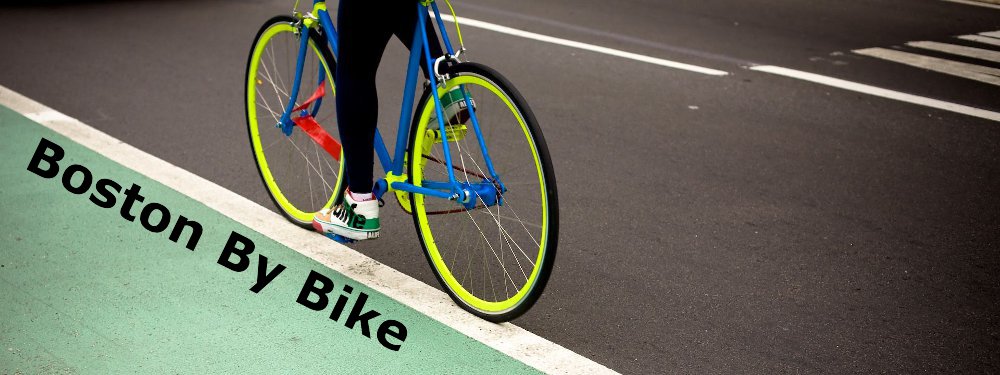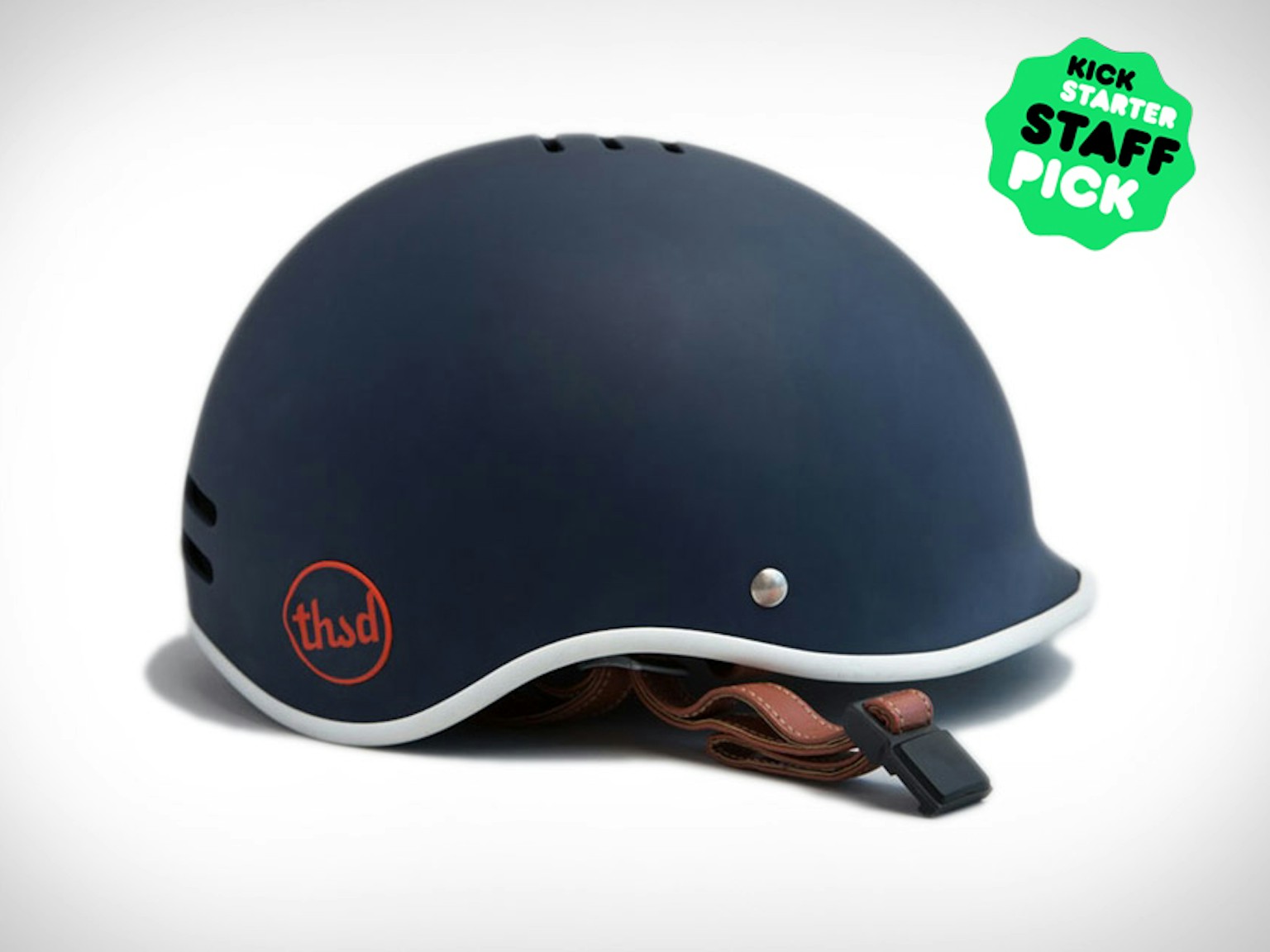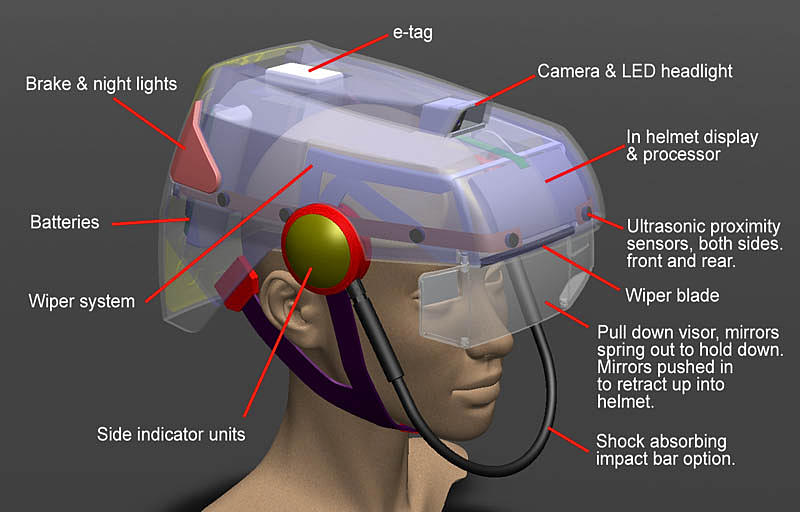I'm guessing it must've been the hottest day of this year so far. Well, maybe it wasn't, but it certainly felt like it. Weather like this (95F/35C and humid) makes me want to just stay inside and leave my bike untouched. Or at least, leave the helmet home, which is what I do in such situations.
To my surprise, this is not a normally accepted behavior here. In the Big Corn Country cyclists would rather suffer from heat than ride with wind in their hair. On my morning ride to work when I stopped at a red light I was accompanied by 7 other cyclists. I was the only one without a helmet. Safety first - you would think, and I may understand that wearing a helmet could make you feel safer when navigating through a heavy car traffic (Even though it's still more like wishful thinking). But when riding a 10-mile long section of car-free Minuteman Bikeway you would be in a very low risk of any collision. Unless, maybe, you hit a squirrel.
Nevertheless, if you are American and you see bicycles, you think helmets. They just fit together here like pancakes and maple syrup or football game and shitty beer. No wonder that this market is huge and many people would want a piece of it for themselves. The problem is - helmets changed little over last decades. They are still a piece of styrofoam covered with a thin plastic shell. How can you convince masses that your helmet is this new, totally cool thing that everyone must have?
Thousand - a "helmet you actually want to wear".
The first thing you can do is to make helmets a bit less ugly. Dappercap or Thousand are good examples here. Apparently, they solve the biggest issue with today's helmets - their ugliness. Unfortunately, despite their looks, these are not the helmets I "actually would want to wear".
Dappercap - a "stylish cycle helmet"
Another approach, and this one gained a lot of popularity among your inventors, is to make helmets smart. Seems to me that in XIX century even a stupid styrofoam hat must be smart, social and connected. Some inventors try to build into a helmet powerful bike lights, which makes me wonder why would I want to strain my neck with the weight of a battery pack? Others go much, much more mad and they want to put about everything into a helmet. This is how Smart Hat must have been born. Or maybe it was just too much of Australian sun that cooked inventor's brain. Anyway, Smart Hat remains clearly the most idiotic idea and the ugliest helmet you can possibly imagine.
Smart Hat - Australian safety device "for responsible cyclists"
Some other smart hats are a bit better looking and seem to be designed by someone... well, smarter. Lumos is one of them. This helmet at least looks like a normal one but features integrated headlight, brake lights and turn signals that are remotely activated. Cool, now when someone hacks your helmet your head can turn into a disco ball. Red, white and orange blinking on all sides. That's innovative!
Lumos - cyclist's disco ball. Er... I mean, a helmet.
Finally, there is another radical solution from Sweden - an inflatable helmet called Hövding 2.0. In theory, this gadget remains hidden in a thick collar worn around cyclist's neck (Can't see myself wearing this stuff on a day like today) and deploys when sensors detect imminent collision. In practice... let's just say that sometimes theory and practice are not the same thing. Hövding could be a good idea if it was smaller and you could hide it in the collar of your jacket and it didn't cost 300 euros. On the other hand, what you're going to do on those hot days when you don't wear a jacket?
Hövding 2.0 - airbag for your head
All it looks to me like inventors are trying to solve a problem that has been successfully solved in a few places in the world already. Instead of taking the Australian approach to cycling safety, many people in Holland or Denmark embraced a simple concept that is still so difficult to accept here in America: you shouldn't need a helmet in a well-designed city. The best "helmet" for cyclists is not the one you would wear on your head but a complex cycling infrastructure that would make you safe without a styrofoam hat.























